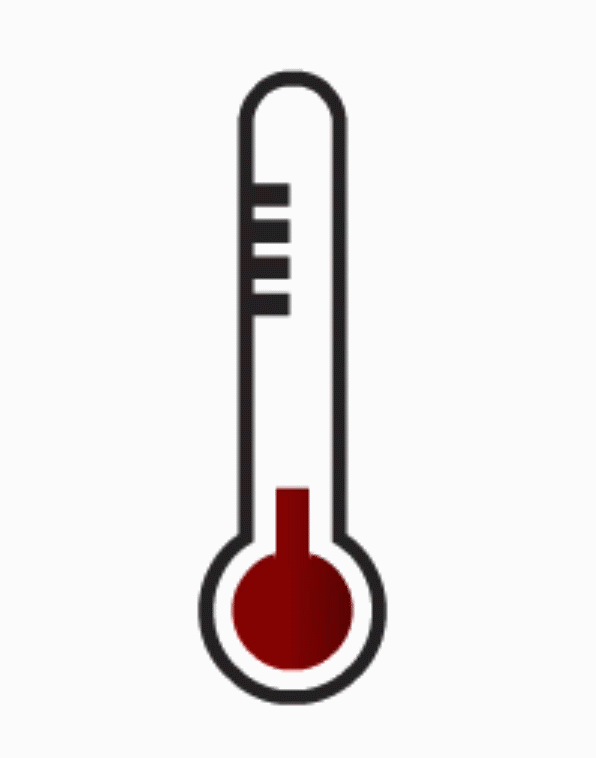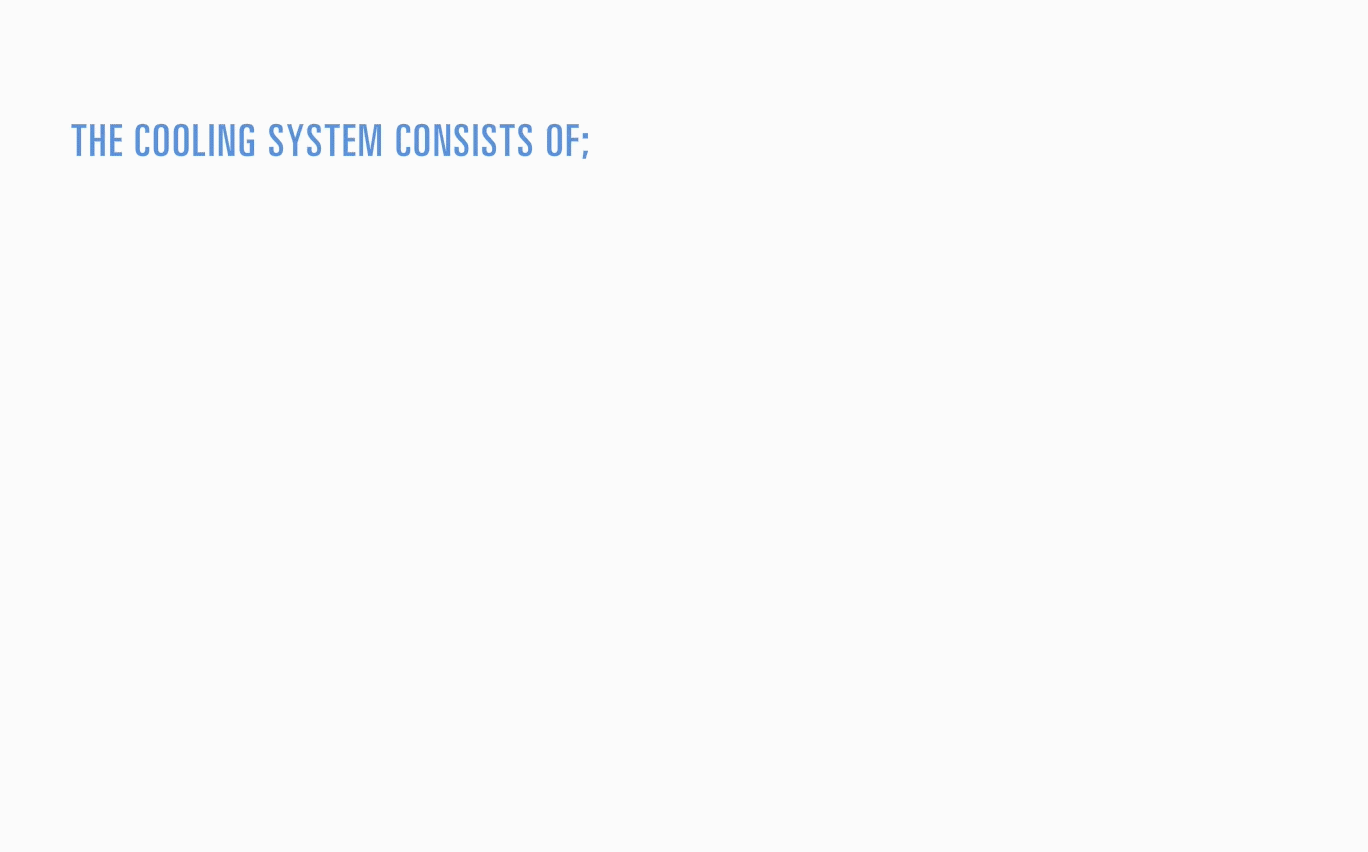2.1 - Cooling Overview

The internal combustion engine generates a great amount of heat (can exceed 1093°C/2000°F).
That heat is split in three specific portions.
One portion is used as mechanical energy to power the engine during the combustion cycle.
The second portion is lost heat in the exhaust cycle.
And last is heat absorption by the engine components.
Without cooling assistance, major engine breakdown will occur.
The cooling system circulates a liquid around the engine block and cylinder heads through dedicated passages. This liquid absorbs the heat generated by the engine combustion process and transfers that heat to the radiator.
A water pump circulates the liquid in the system in order to absorb excess heat.
A thermostat controls the circulation of the liquid to the radiator so it can reach normal operating temperature.
The radiator transfers heat to the surrounding air in order to cool the liquid before it is returned to the engine to absorb more heat.

